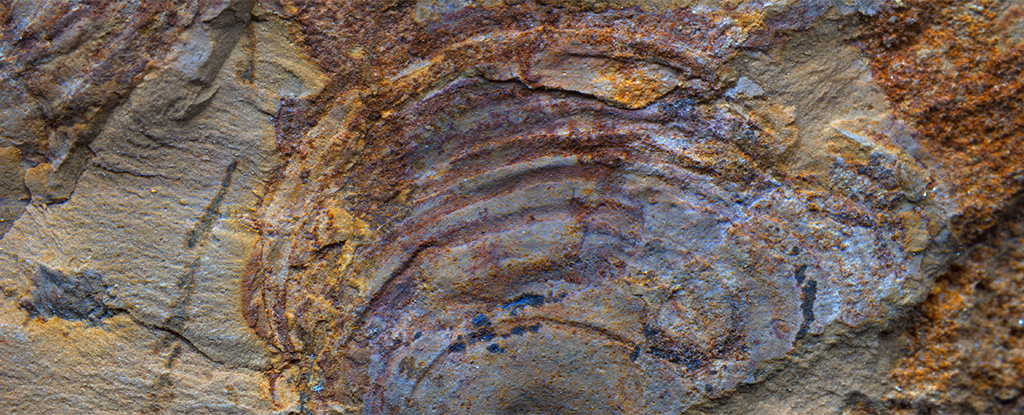News Desk
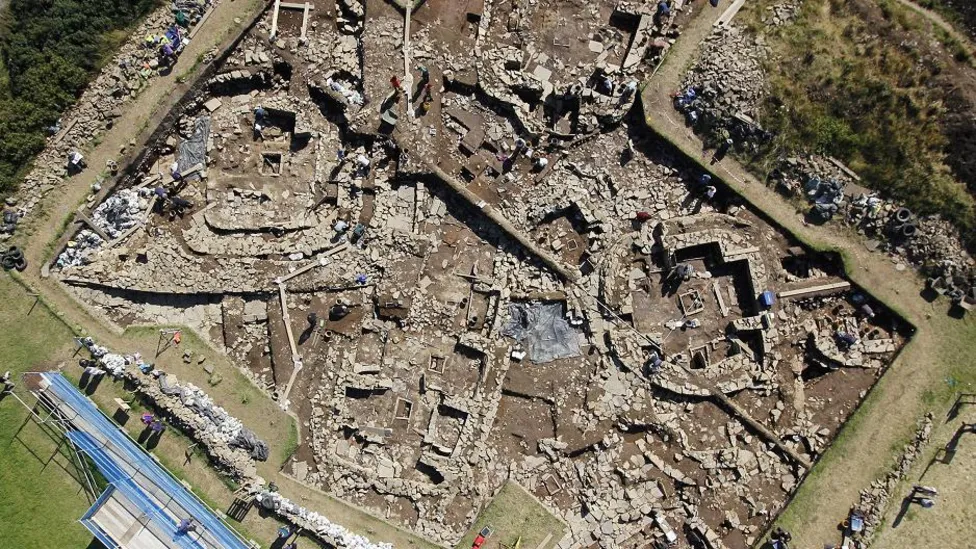
An archaeology project is to make its final excavation of a 5,000-year-old Neolithic site in Orkney next year.
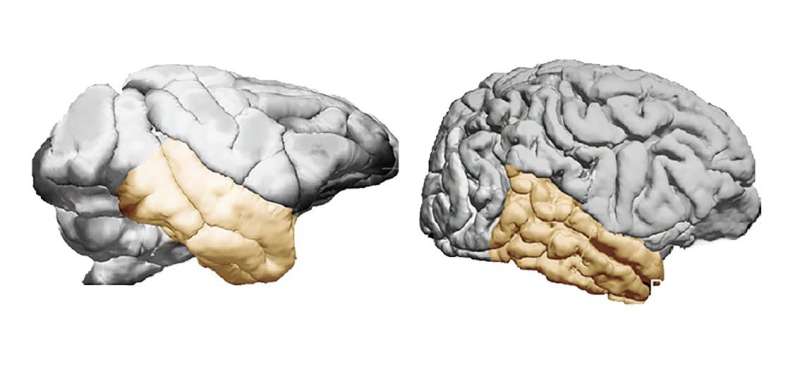
It had been thought to date that the species Homo sapiens has disproportionately large temporal lobes compared to other anthropoid primates, the group including anthropomorphic monkeys and apes. A new study, one of whose authors is Emiliano Bruner, a paleoneurologist at the Centro Nacional de Investigación sobre la Evolución Humana (CENIEH), contradicts that hypothesis.
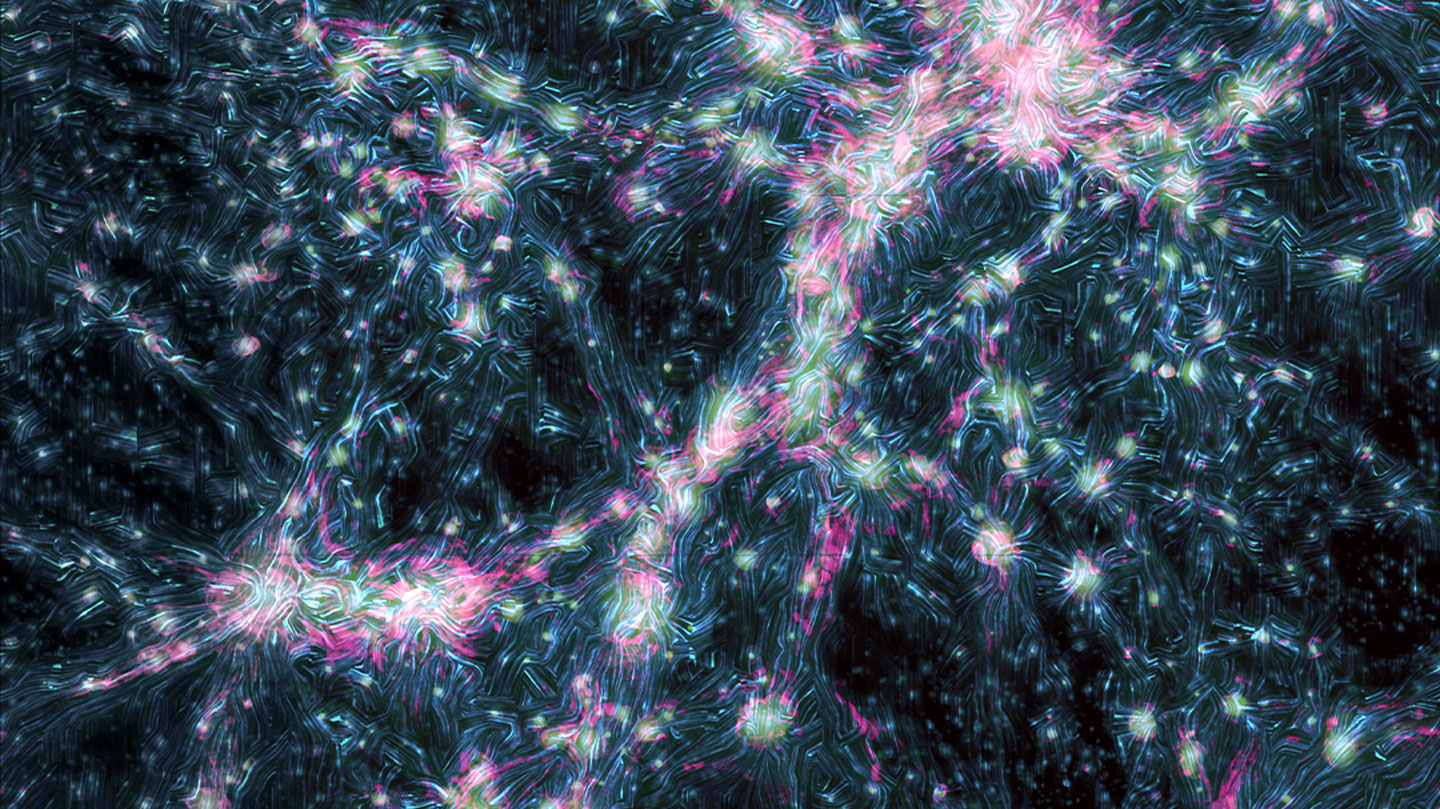
For the first time, astronomers have caught a glimpse of shock waves rippling along strands of the cosmic web — the enormous tangle of galaxies, gas and dark matter that fills the observable universe.
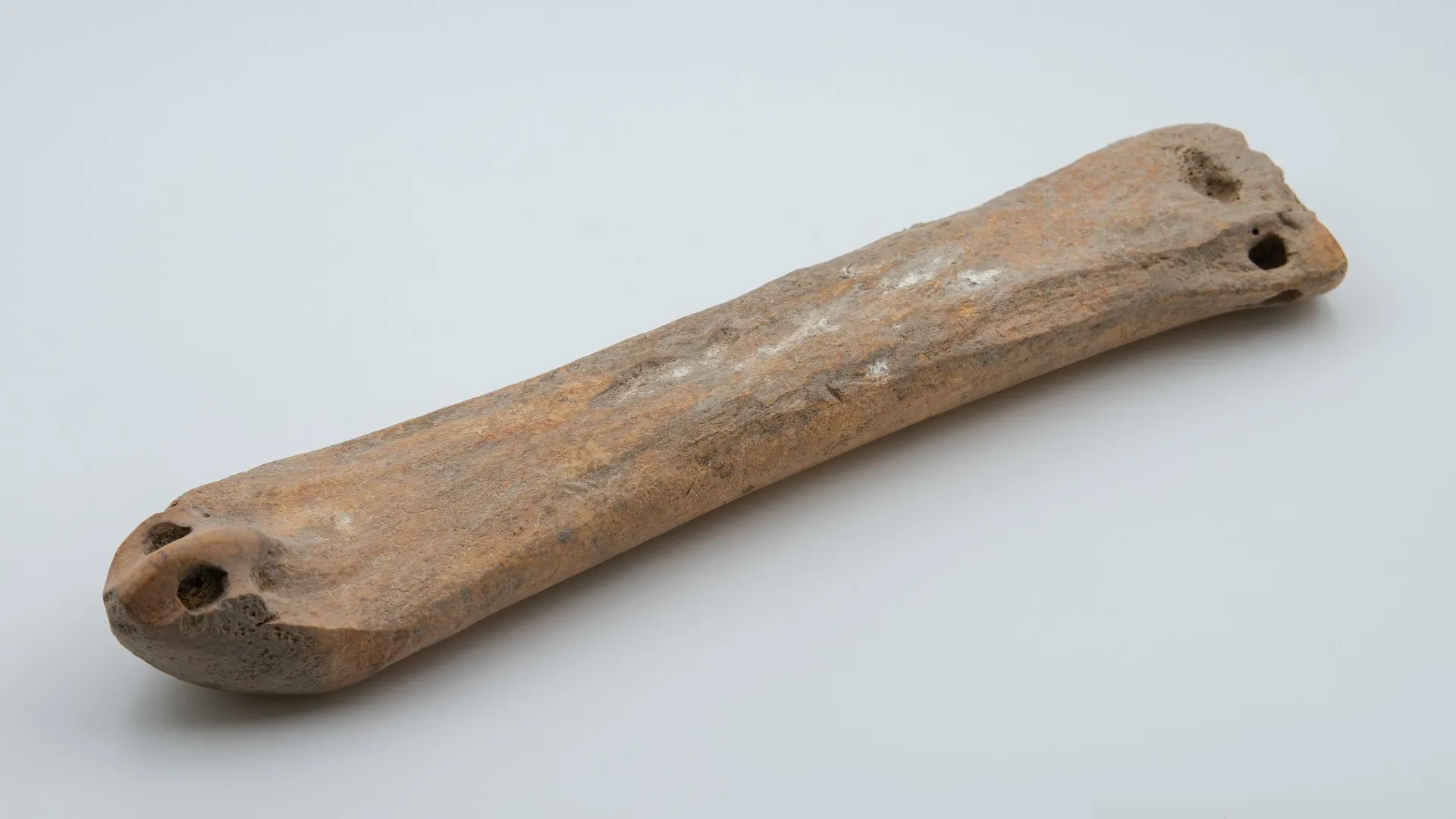
Ice skates made of bone have been unearthed from a Bronze Age tomb in western China, suggesting an ancient technological exchange between the east and west of Eurasia.
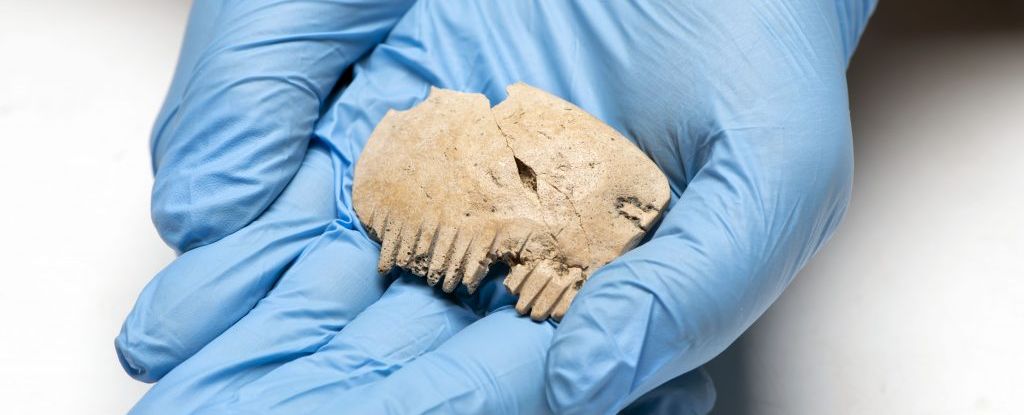
A peculiarly gruesome artifact has been uncovered during archaeological digs in England, hearkening back to long lost cultural practices that today we can only try to imagine.

Psychedelic businesses have an opportunity to disrupt existing paradigms with regenerative economic practices. The question is: will they take it?
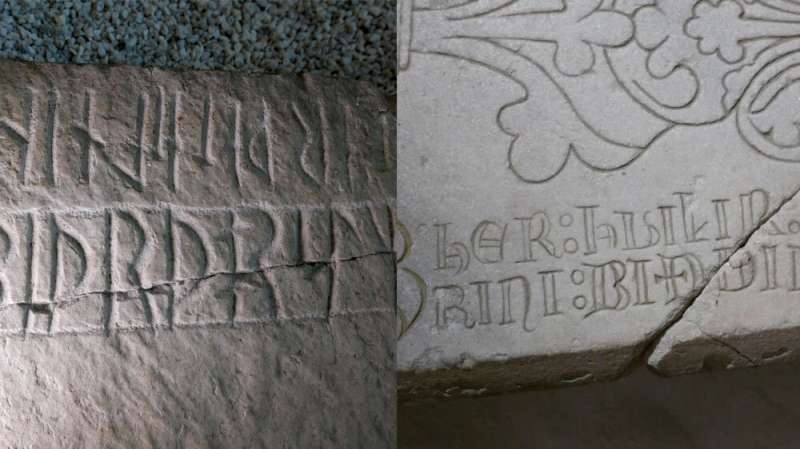
In the Middle Ages, the Roman alphabet and runes lived side by side. A new doctoral thesis challenges the notion that runes represent more of an oral and less of a learned form of written language.

Nations have reached a historic agreement to protect the world’s oceans following 10 years of negotiations. The High Seas Treaty aims to place 30% of the seas into protected areas by 2030, to safeguard and recuperate marine nature.
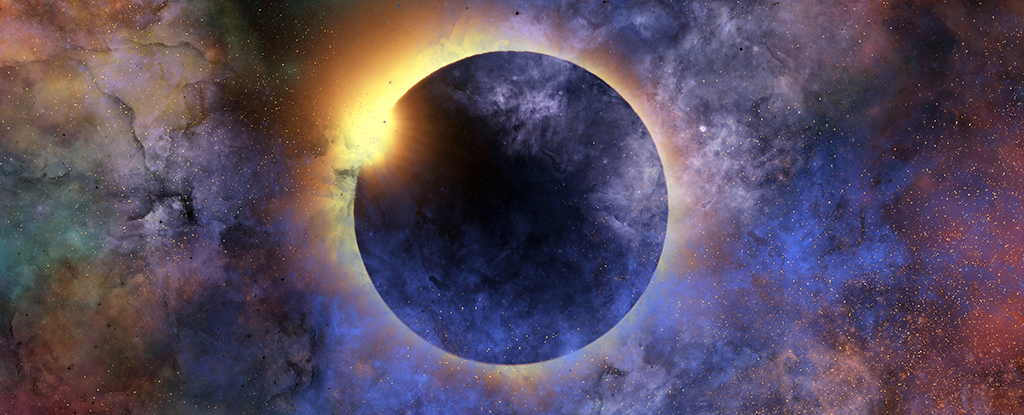
Together, amino acids form proteins that play many vital roles in organisms. This new study was designed to help establish why a specific group of 20 ‘canonical’ amino acids is used again and again to build proteins when there are so many more of these amino acids to pick from.

Tiny traces of protein lingering in the bones and teeth of ancient humans could soon transform scientists’ efforts to unravel the secrets of the evolution of our species.

A study suggests that psychedelics can access receptors inside cells that standard antidepressants usually can’t affect.
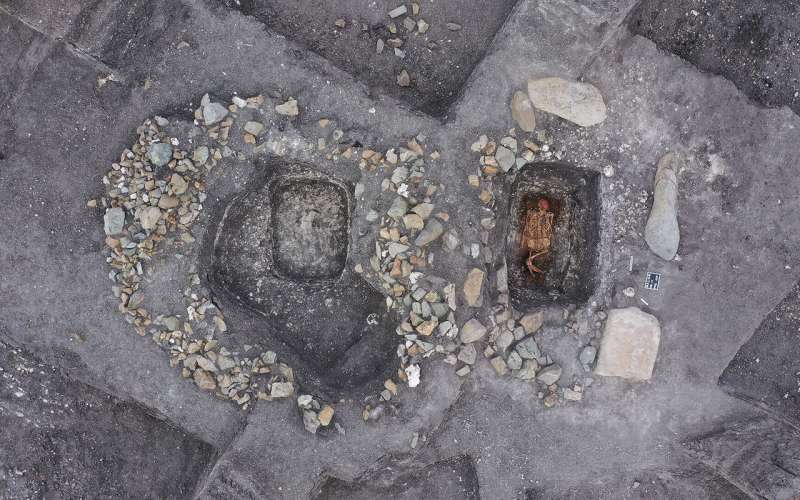
Researchers have discovered evidence of horse riding by studying the remains of human skeletons found in burial mounds called kurgans, which were between 4,500 and 5,000 years old.

A Nasdaq-listed company is trialling the active ingredient in magic mushrooms as a new treatment.
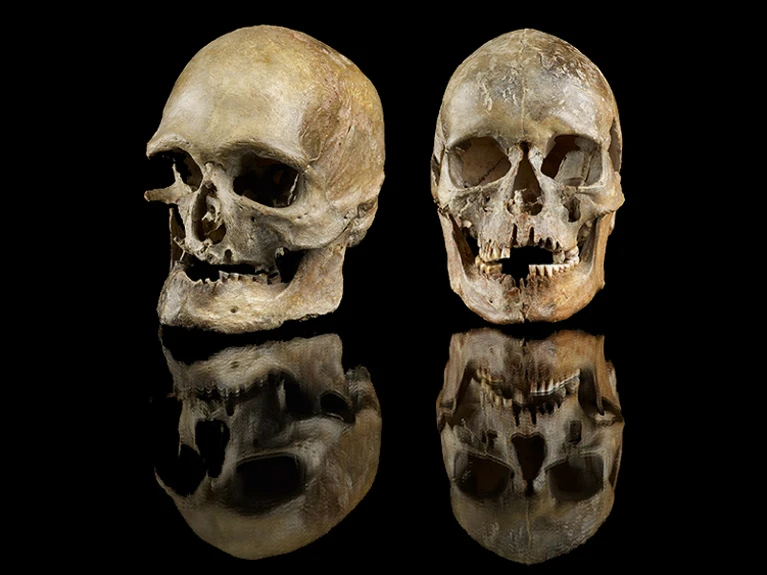
A pair of studies offer the most detailed look yet at groups of hunter-gatherers living before, during and after the last ice age.
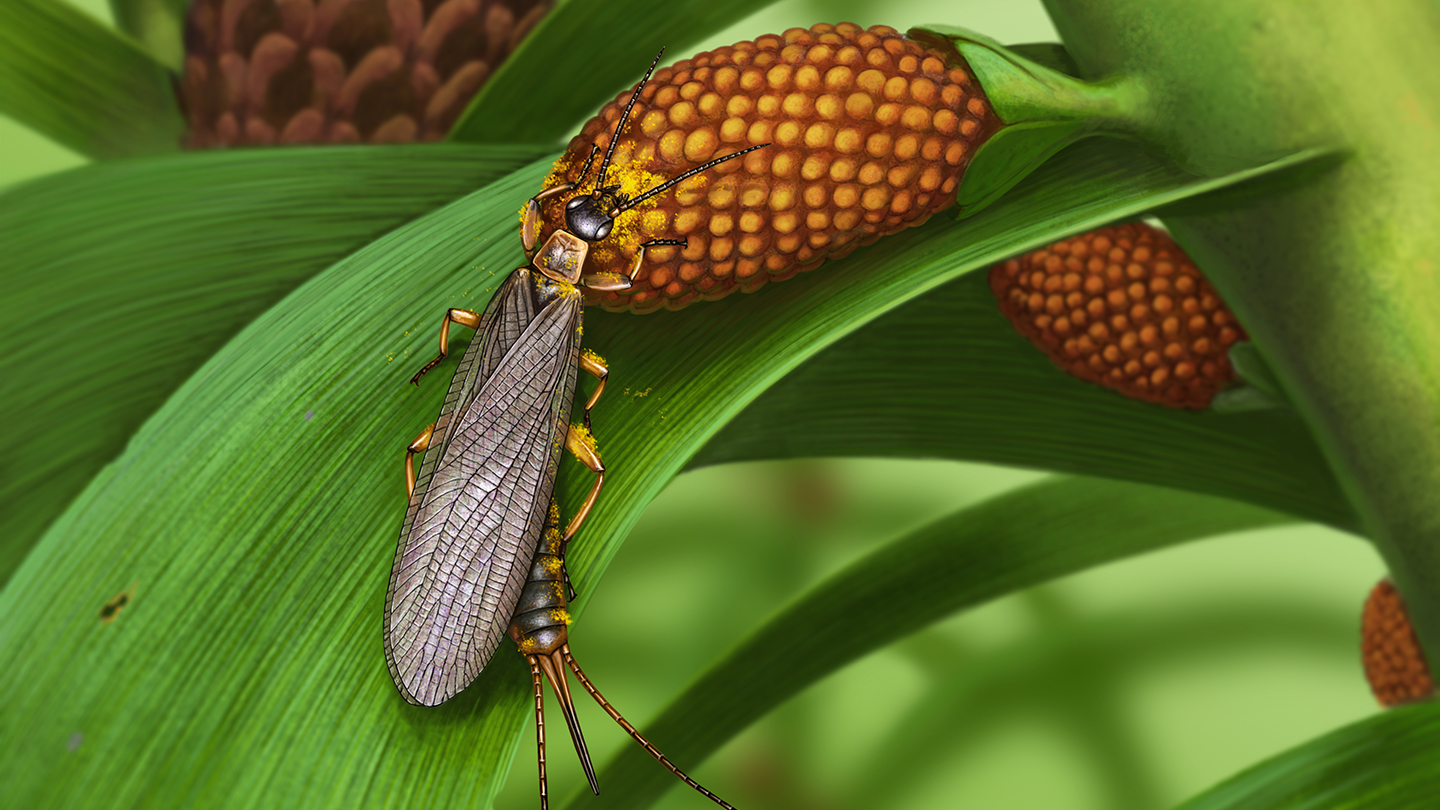
The oldest known fossils of pollen-laden insects are of earwig-like ground-dwellers that lived in what is now Russia about 280 million years ago, researchers report. Their finding pushes back the fossil record of insects transporting pollen from one plant to another, a key aspect of modern-day pollination, by about 120 million years.





